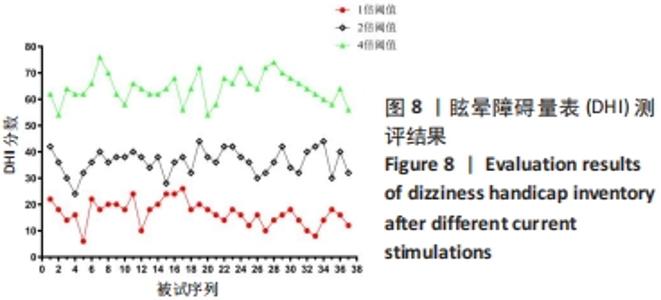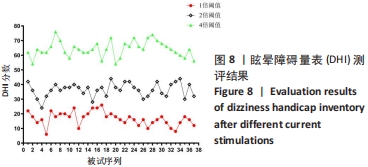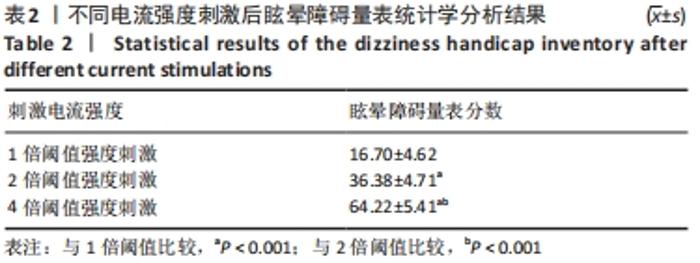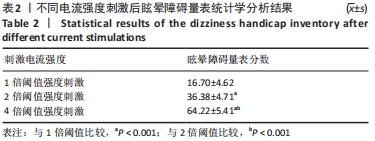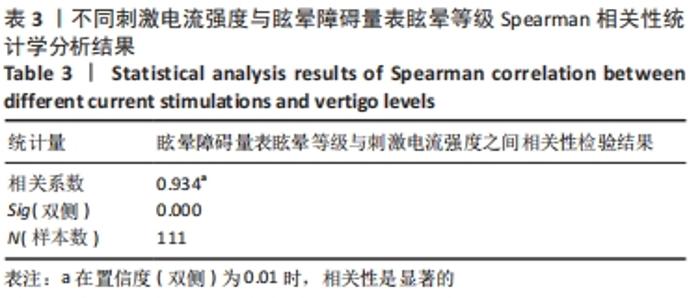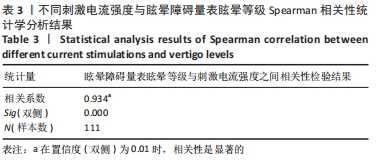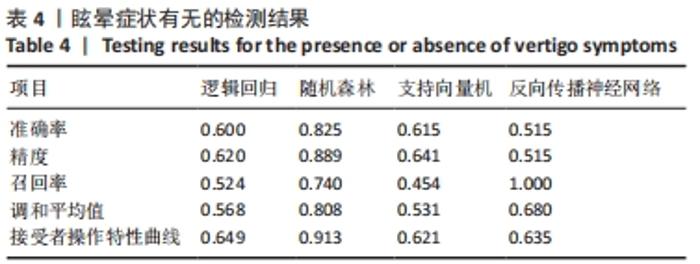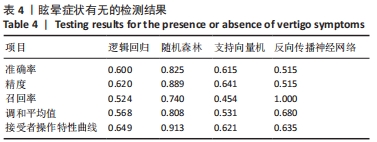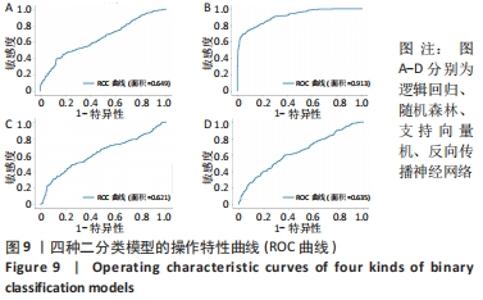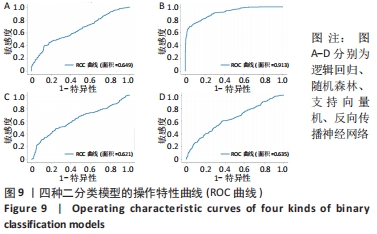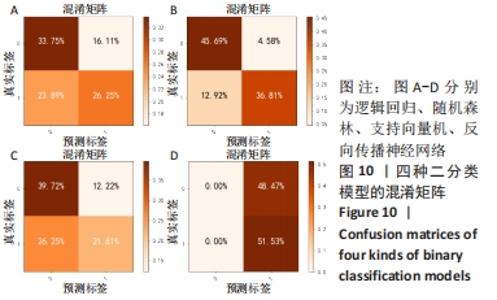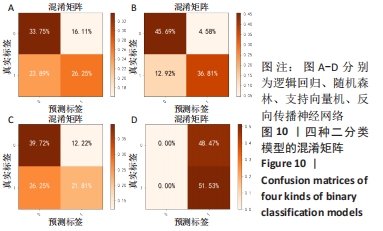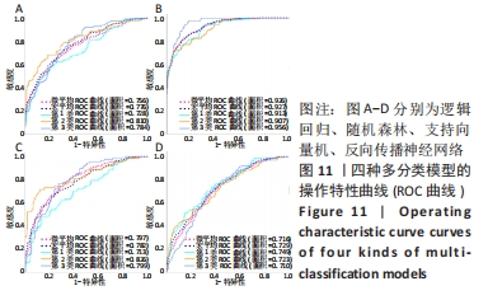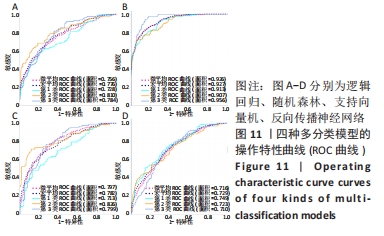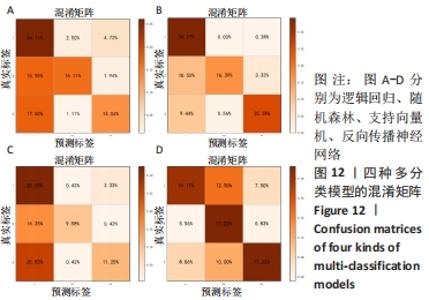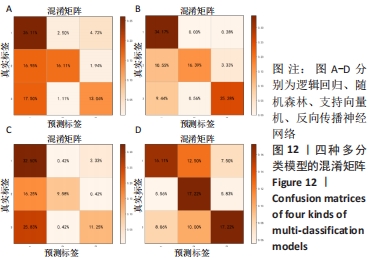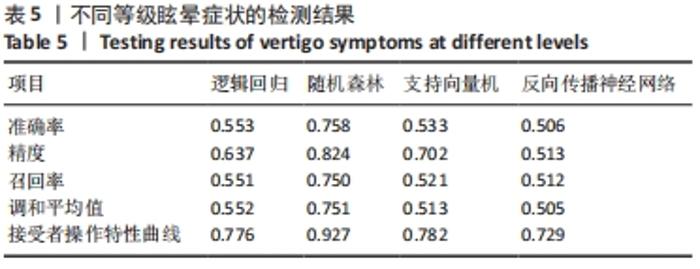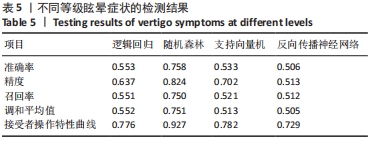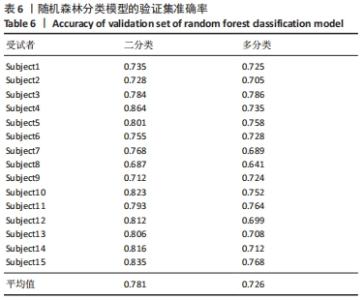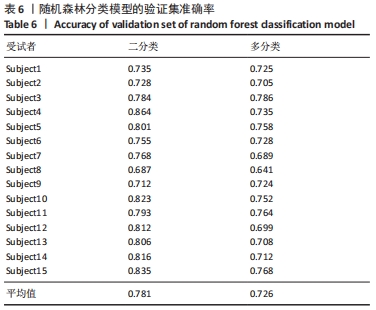[1] 刘畅,刘大新,丁雷,等.眩晕疾病的发病率与患病特征分析[J].中华耳鼻咽喉头颈外科杂志,2013,18(10):862-864.
[2] KELLOGG RS, KENNEDY RS, GRAYBIEL A. Motion sickness symptomatology of labyrinthine defective and normal subjects during zero gravity maneuvers. Aerosp Med. 1965;36:315-318.
[3] KENNEDY RS, LANE NE, BERBAUM KS, et al. Simulator Sickness Questionnaire (SSQ): A new method for quantifying simulator sickness. Int J Aviat Psychol. 1993;3:203-220.
[4] JACOBSON GP, NEWMAN CW. The development of the Dizziness Handicap Inventory. Arch Otolaryngol Head Neck Surg. 1990;116(4): 424-427.
[5] EGGERS SDZ, BISDORFF A, VON BREVERN M, et al. Classification of vestibular signs and examination techniques: Nystagmus and nystagmus-like movements. J Vestib Res. 2019;29(2-3):57-87.
[6] 梁飞,刘俊平,李垚.眼震视图在BPPV与VM鉴别诊断中的应用[J].中外医学研究,2021,19(27):64-67.
[7] KIM DW, SUNWOO JS, LEE SK. Incidence and localizing value of vertigo and dizziness in patients with epilepsy: Video-EEG monitoring study. Epilepsy Res. 2016;126:102-105.
[8] POLLAK L, SCHIFFER J, KLEIN C, et al. Quantified EEG in patients with vertigo of central or peripheral origin. Int J Neurosci. 1998;93(1-2):35-41.
[9] MOHAMED EA, YUSOFF MZ, MALIK AS, et al. Comparison of EEG signal decomposition methods in classification of motor-imagery BCI. Multimedia Tools and Applications. 2018;77(16):21305-21327.
[10] 李德豪.基于EEG的视觉诱导晕动症评估与检测[D].重庆:重庆大学,2018.
[11] 王宏,赵海滨,刘冲.采用小波熵和频带能量提取脑电信号特征[J].吉林大学学报,2011,41(3):828-831.
[12] BURKE DP, KELLY SP, DE CHAZAL P, et al. A parametric feature extraction and classification strategy for brain-computer interfacing. IEEE Trans Neural Syst Rehabil Eng. 2005;13(1):12-17.
[13] 周天一.个体化脑电功率谱和脑网络分析方法的研究与应用[D].秦皇岛:燕山大学,2020.
[14] FAUST O, ACHARYA UR, ADELI H, et al. Wavelet-based EEG processing for computer-aided seizure detection and epilepsy diagnosis. Seizure. 2015;26:56-64.
[15] VIVAR G, STROBL R, GRILL E, et al. Using Base-ml to Learn Classification of Common Vestibular Disorders on DizzyReg Registry Data. Front Neurol. 2021;12:681140.
[16] 申俞文.基于多分类逻辑回归的微表情识别模型[D].徐州:中国矿业大学,2020.
[17] 刘宝,蔡梦迪,薄迎春,等.一种基于PSO-CSP-SVM的运动想象脑电信号特征提取及分类算法[J].中南大学学报(自然科学版),2020, 51(10):2855-2866.
[18] 郭宇.基于迭代随机森林算法的脑电信号分类研究[D]. 长春:长春工业大学,2020.
[19] 冯国航,邵冰莓,王柏弋,等.人工神经网络在脑电信号处理中的应用[J].电子世界,2019(10):52-53.
[20] MITSUTAKE T, SAKAMOTO M, KAWAGUCHI A, et al. Greater functional activation during galvanic vestibular stimulation is associated with improved postural stability: a GVS-fMRI study. Somatosens Mot Res. 2020;37(4):257-261.
[21] FITZPATRICK RC, WARDMAN DL, TAYLOR JL. Effects of galvanic vestibular stimulation during human walking. J Physiol. 1999;517 ( Pt 3)(Pt 3): 931-939.
[22] FITZPATRICK RC, MARSDEN J, LORD SR, et al. Galvanic vestibular stimulation evokes sensations of body rotation. Neuroreport. 2002; 13(18):2379-2383.
[23] VOLKENING K, BERGMANN J, KELLER I, et al. Verticality perception during and after galvanic vestibular stimulation. Neurosci Lett. 2014; 581:75-79.
[24] FITZPATRICK RC, DAY BL. Probing the human vestibular system with galvanic stimulation. J Appl Physiol (1985). 2004;96(6):2301-2316.
[25] ANGELAKI DE, CULLEN KE. Vestibular system: the many facets of a multimodal sense. Annu Rev Neurosci. 2008;31:125-150.
[26] BLINI E, TILIKETE C, FARNÈ A, et al. Probing the role of the vestibular system in motivation and reward-based attention. Cortex. 2018;103: 82-99.
[27] AOKI O, OTANI Y, MORISHITA S. Effect of Eye-Object Distance on Body Sway during Galvanic Vestibular Stimulation. Brain Sci. 2018;8(11):191.
[28] UTZ KS, DIMOVA V, OPPENLÄNDER K, et al. Electrified minds: transcranial direct current stimulation (tDCS) and galvanic vestibular stimulation (GVS) as methods of non-invasive brain stimulation in neuropsychology--a review of current data and future implications. Neuropsychologia. 2010;48(10):2789-2810.
[29] 谷李欣,陈建勇,张勤,等.后半规管良性阵发性位置性眩晕病程对复位成功后残余症状的影响[J].临床耳鼻咽喉头颈外科杂志, 2021,35(11):976-980.
[30] XU P, DAVOINE F, ZHA H, et al. Evidential calibration of binary SVM classifiers. International Journal of Approximate Reasoning. 2016;72: 55-70.
[31] 黄蓉,付才英.药物性前庭功能损害并脑电图异常1例报告[J].临床脑电学杂志,1998,7(2):53.
[32] KO LW, CHIKARA RK, CHEN PY, et al. Noisy Galvanic Vestibular Stimulation (Stochastic Resonance) Changes Electroencephalography Activities and Postural Control in Patients with Bilateral Vestibular Hypofunction. Brain Sci. 2020;10(10):740.
[33] GORDON AG. Electroencephalography in dizzy patients. Acta Neurol Scand. 1989;79(6):521-522.
[34] MORANO A, CARNÌ M, CASCIATO S, et al. Ictal EEG/fMRI study of vertiginous seizures. Epilepsy Behav. 2017;68:51-56.
[35] AKBARI H, SADIQ MT, REHMAN AU. Classification of normal and depressed EEG signals based on centered correntropy of rhythms in empirical wavelet transform domain. Health Inf Sci Syst. 2021;9(1):9.
[36] 张绍荣,赵紫宁,李智,等.WPD-CSP脑电特征提取方法的时间优化[J].计算机工程与设计,2021,42(6):1645-1652.
[37] NABIL D, BENALI R, BEREKSI REGUIG F. Epileptic seizure recognition using EEG wavelet decomposition based on nonlinear and statistical features with support vector machine classification. Biomed Tech (Berl). 2020;65(2):133-148.
|
